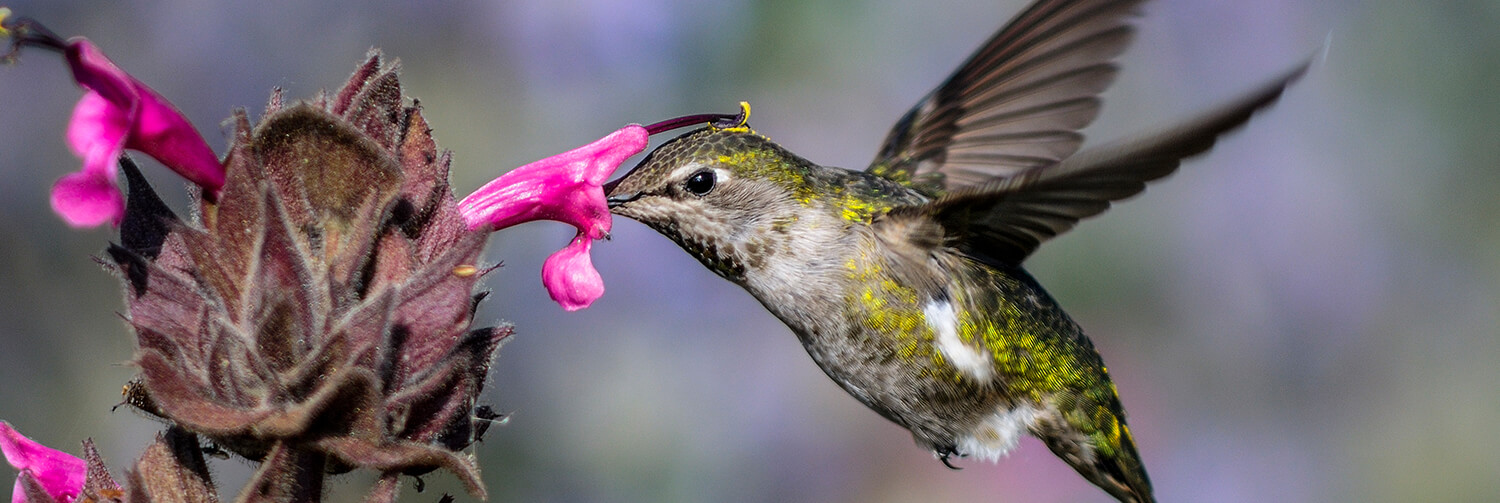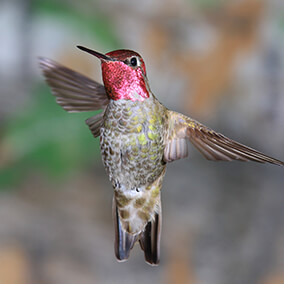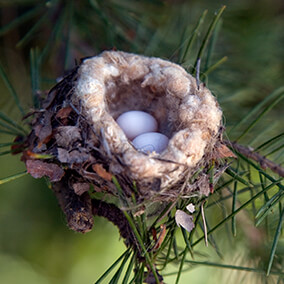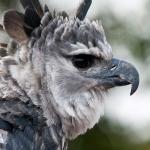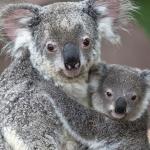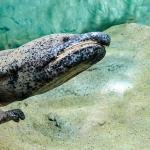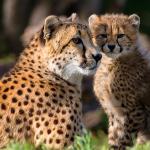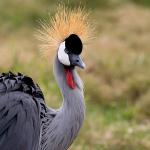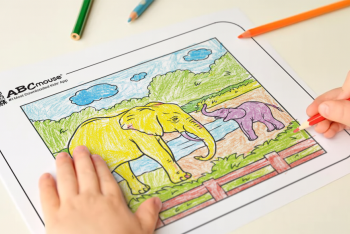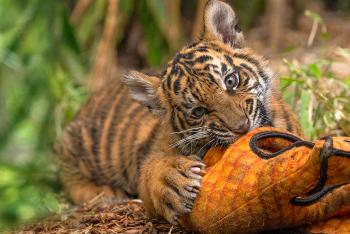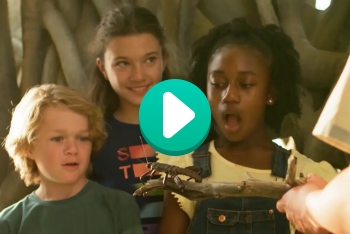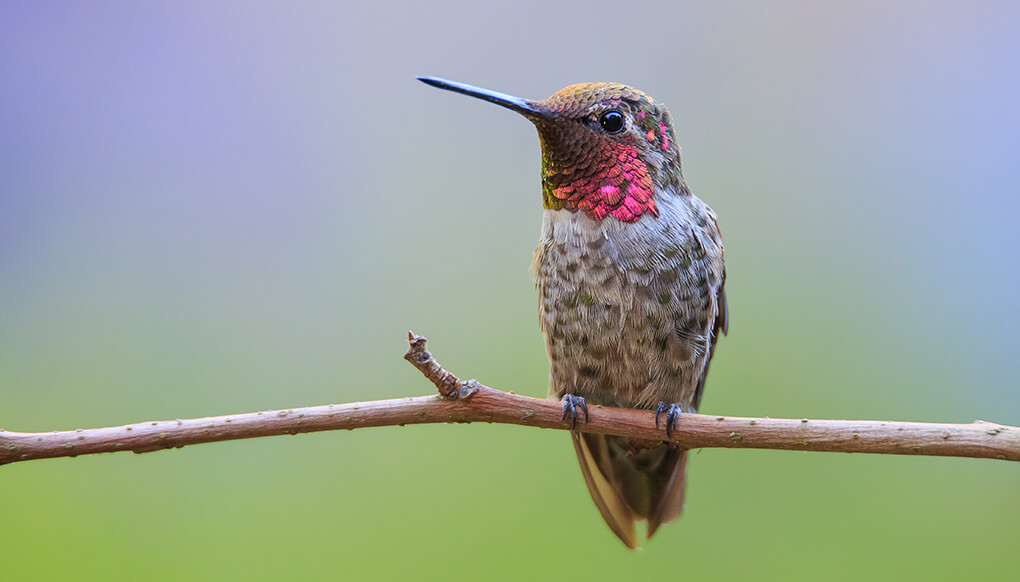
Anna's hummingbird
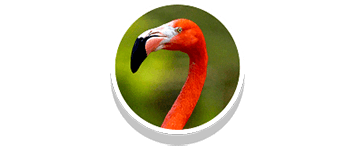
Birds


Stable
facts
Anna's hummingbirds eat flower nectar, tree sap, and small insects.

These hummingbirds are found in chaparral near open woodland, urban, and suburban areas.
description
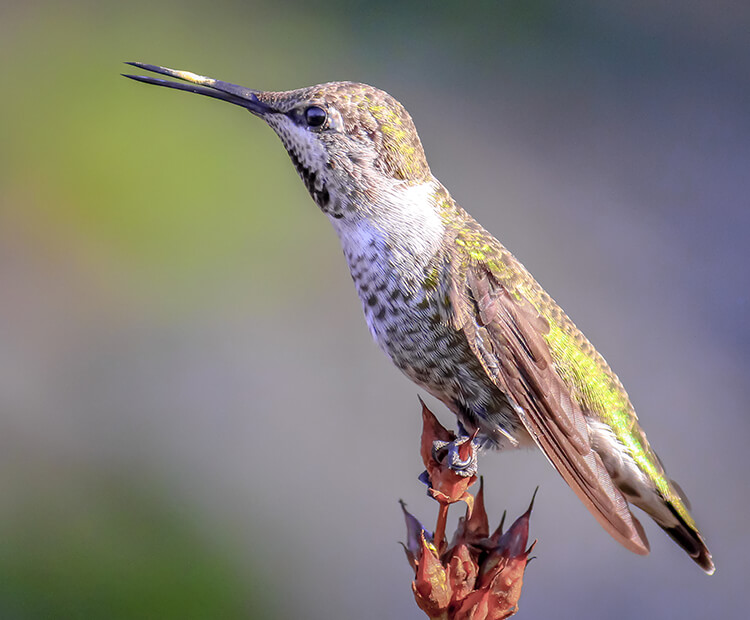
Insects for dinner
Anna's hummingbirds eat more insects than any other North American hummingbird, and this may help them in bad weather. It is thought that Anna's hummingbirds are able to spend the winter so far north because they eat more insects and spiders than most hummingbirds. This food provides nutrients during the winter when there are fewer flowers blooming and provides a slower metabolizing source of food that may help the birds survive the long nights.
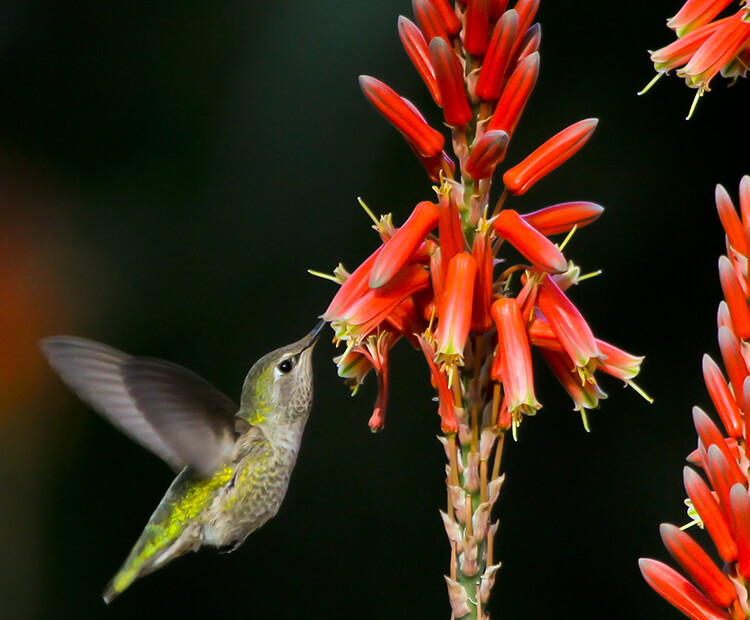
Western wonders
Anna's hummingbirds are found along the West Coast of North America, all the way from from southern Canada to northern Baja California, Mexico. Since so many people have planted ornamental, flowering plants over the past 50 years, these birds have been able to greatly expand their range.
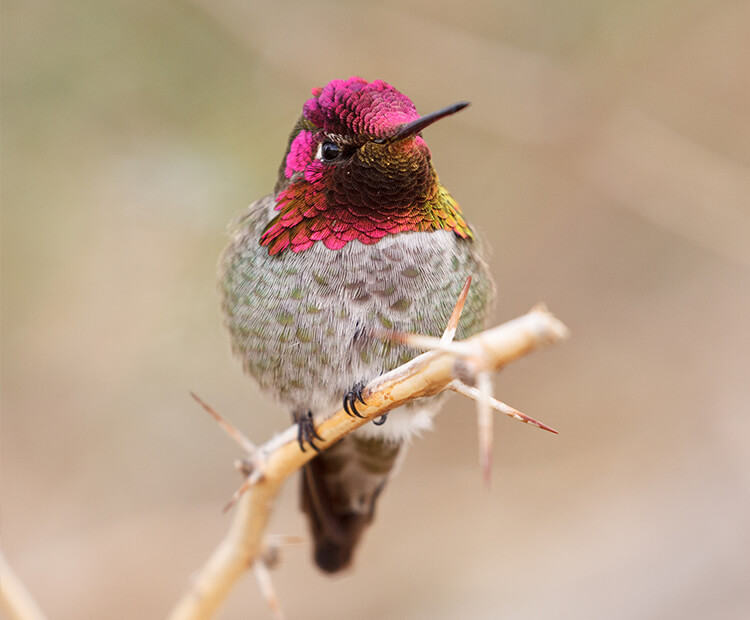
Male or female?
Male Anna's hummingbirds have bronze-green upper parts, gray undersides, and an irridescent red hood and throat that may appear black or dark purple in low light. Females are gray and do not have the red hood and throat.
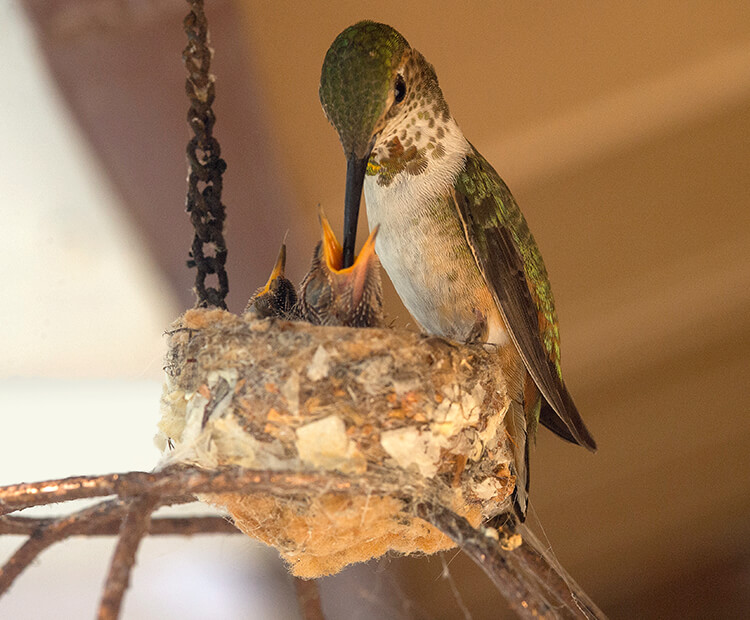
Attracting a mate
Usually a male calls to a female to show her his beautiful feathers. Some male hummingbirds attract a female by forming a group called a "lek." A lek can have up to 100 males. If a female seems interested in one of the males, he may perform a flying dance for her in the air. Once they mate, the female builds a nest and raises her young all by herself.

